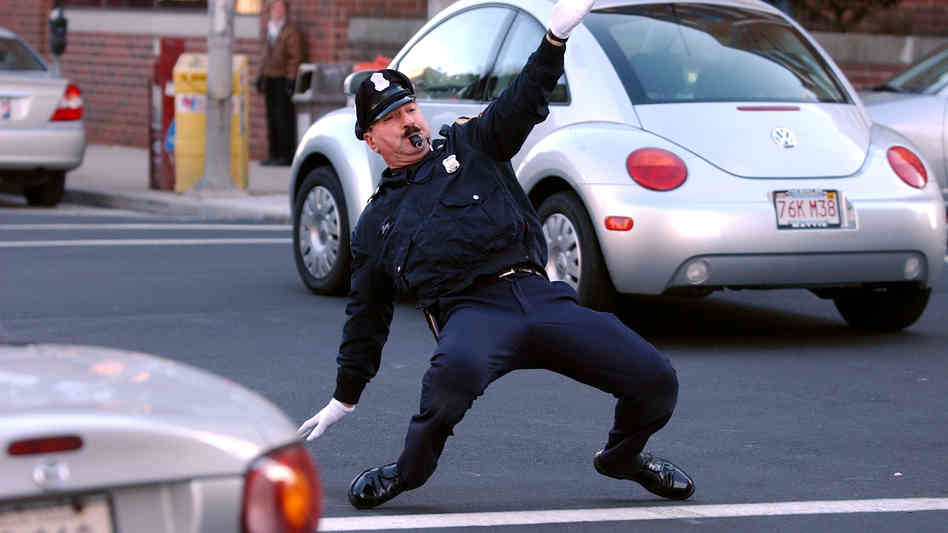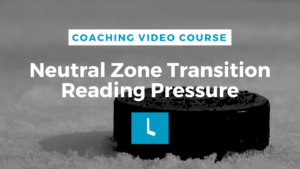Hockey Cues: What’s in this video?
In this video we explore just 4 of the many directional hockey cues coaches need. Use hockey cues like these to coach your players or communicate with teammates. You’ll find yourself well on your way to a unified and efficient team structure.
But wait! Do your players understand these hockey cues? I once told a young player to “get to the inside of the ice.” She asked me, “How do I get inside the ice?” Successful team play depends on players and coaches speaking the same ‘language.’ I mean terminology, not mother tongue. In Lausanne in the Swiss National B League ‘back in the day’ we had 6 different languages in the dressing room. We still functioned well as a team. We all understood the concepts, cues, and systems our coach wanted us to use.
Different terms often mean the same thing. You might find your players already understand a concept. They just might have learned it using a different cue. As the coach you decide what terminology your players will use. Only by mastering your own game knowledge can you clearly and consistently communicate as a leader. Quiz your group to assess their current competency. If they already understand a concept using certain cues, you may want to adapt your vocabulary to suit their knowledge base. This will help keep communication simple and effective.
Test Your Knowledge: Cues in Context:
Check out these examples of ‘cues.’ Do these sentences make sense or sound like gibberish?
- Inside: Protect the inside of the ice. You’ll limit high quality scoring opportunities.
- Outside: Force your opponent to the outside. Decrease his/her options as they near the boards. Once you force an opponent to the outside, your teammates can better read the play. You have eliminated the middle of the ice.
- Up ice: Wingers on the half wall need to get their feet up ice as they receive the puck on a breakout. They will read the forechecking pressure better and see more options. They’ll limit the tendency to carry the puck back down into the corner.
- Down ice: When a defenseman in front of your own net gets caught with his/her toes pointed down ice, he’ll lose track of his man in front. He’ll get caught in no man’s land. He’ll ‘puck watch.’ Key point: Have a good idea where the puck is below the goal line, but know EXACTLY where your man is in the slot. Get your feet up ice, your head on a swivel, and your stick in the passing lane.
Want more content like this?
[maxbutton id=”2″ ]See tons more detailed terminology in Module 1.1 at www.howtoplayhockey.ca. This post does not even come close to scratching the surface of what the course offers. Students of our How to Play Hockey online coaching course should revisit Module 1.1 with an extensive library of hockey terminology. Here’s the login link for existing students: www.howtoplayhockey.ca/login.






